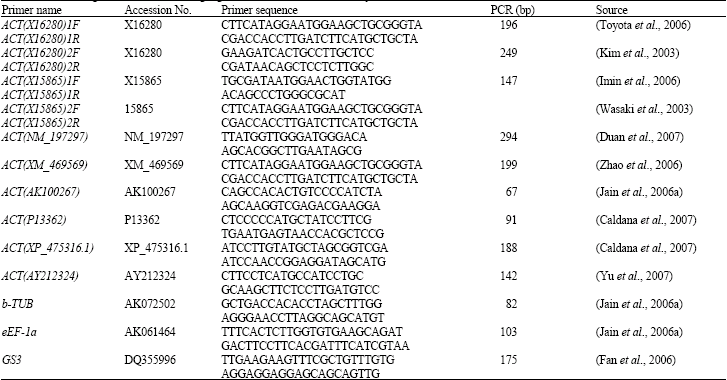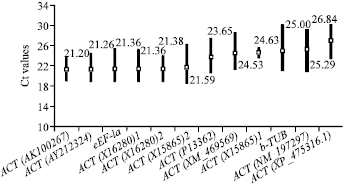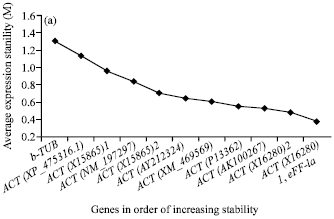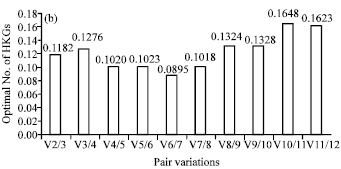Research Article
Expression Pattern of GS3 During Panicle Development in Rice under Drought Stress: Quantification Normalized Against Selected Housekeeping Genes in Real-Time PCR
College of Plant Science and Technology, Huazhong Agricultural University, Wuhan, 430070, China
Dong-Hua Liu
College of Plant Science and Technology, Huazhong Agricultural University, Wuhan, 430070, China
Zhi-Hua Wang
College of Plant Science and Technology, Huazhong Agricultural University, Wuhan, 430070, China
Can Yu
College of Plant Science and Technology, Huazhong Agricultural University, Wuhan, 430070, China
Jin-Hua Cao
College of Plant Science and Technology, Huazhong Agricultural University, Wuhan, 430070, China
Chun-Tai Wang
Biotechnological Laboratory of National Commission for Nationalities, South-Central University for Nationalities, Wuhan, 430074, China
De-Ming Jin
College of Plant Science and Technology, Huazhong Agricultural University, Wuhan, 430070, China
















